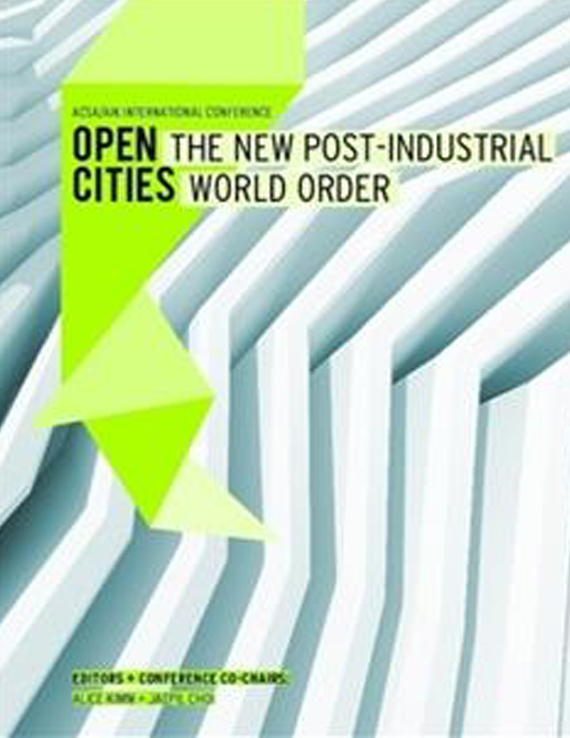Author(s): Peter L. Wong & Qing Li
In 1999, Ray Oldenburg proposed in his book The Great Good Place, the idea of anemerging 21st century public realm that provides an alternative to public placesnormally associated with the ‘grand tradition’ (public places commonly associatedwith the piazza or town square as well as other civic meeting places).1 These newforms of the contemporary public meeting place, created from the rise of “creativeclass” lifestyles in America and Europe, have been attributed to the developmentof late-20th century capitalism and the casual relationship between private andpublic realms in architecture and urbanism. In addition, the acceptance of the roleof under-represented groups have contributed to this redefinition of the publicrealm within the rising interest in business and the economic opportunities inthe post-critical environment of today. An account of these changes has added toOldenburg’s definition of what ‘good places’ are as the lines are blurred betweenspaces for home, and traditional pubic gathering.The specific subject of this proposal, in conjunction with “third place” ethics, focuseson the fast urbanization seen today in East Asia. The quick pace of developmenthas spurred high-density residential projects in cities (China and Korea inparticular) leading to a lack of appropriate public places and open space. In addition,migrants from rural regions may engage such spaces differently than theircity counterparts. Critical of these trends, this proposal attempts to track ThirdPlace theory in the dense urban spaces of these high-density environments, comparingthem with similar Western developments in the United States.The research of the study is an attempt to sort the correlations between: the layout,use, and form of public spaces with the public’s impression of good city life,the spirit of place, and positive cultural amenities of the city. This comparativeapproach aims to examine the differences between Western and Eastern urbanenvironments, and hopes to understand the relative success (or failure) of newAsian developments in view of their frequent adoption of Western planning models.This comparison will look at Wujiaocheng Town in Shanghai, China and AtlanticStation in Atlanta, Georgia for this purpose.Based on relevant literature and first hand survey techniques, the research willclassify the social activities in high-density residential areas, analyze their featuresand impact on social networks as well as the map the relationship between socialactivities and physical architectural form. In addition, it will explore the rootsand mechanisms of sustainable space-forms based on socially rich environmentsbased on “third place” theory.1. Ray Oldenburg, The Great Good Place: Cafés, Coffee Shops, Bookstores, Bars,Hair Salons and Other Hangouts at the Heart of a Community (New York: Marlowe& Company, 1999). Oldenburg has defined the “third place” as environments thatform in establishments that support informal activities, such as in cafés, bookstores,and other settings that people inhabit to be with others in order to workand/or to engage ad hoc social interactions.
Volume Editors
Alice Kimm & Jaepil Choi
ISBN
978-0-935502-91-6

 Study Architecture
Study Architecture  ProPEL
ProPEL 
